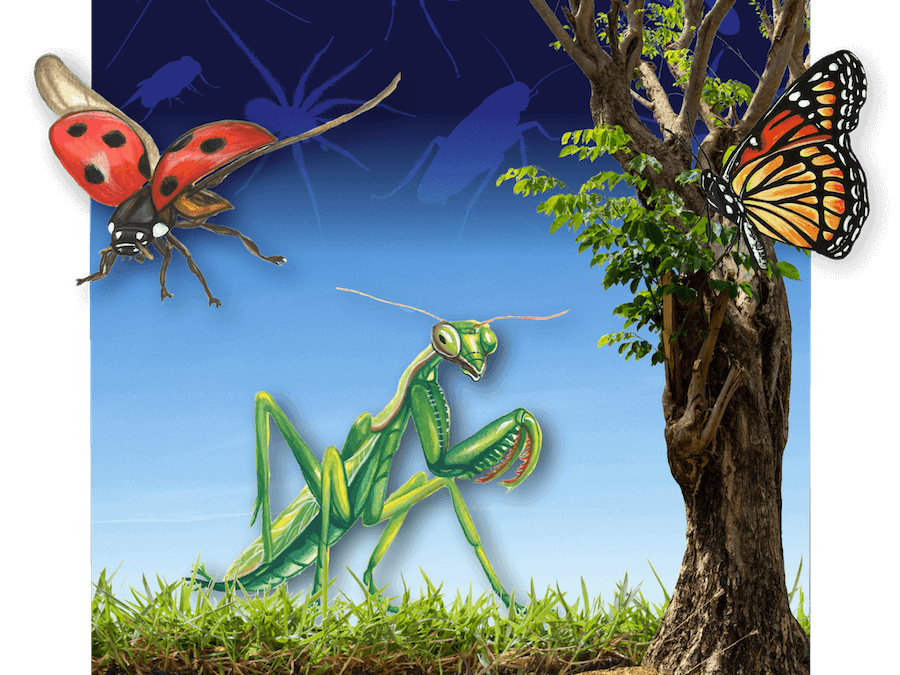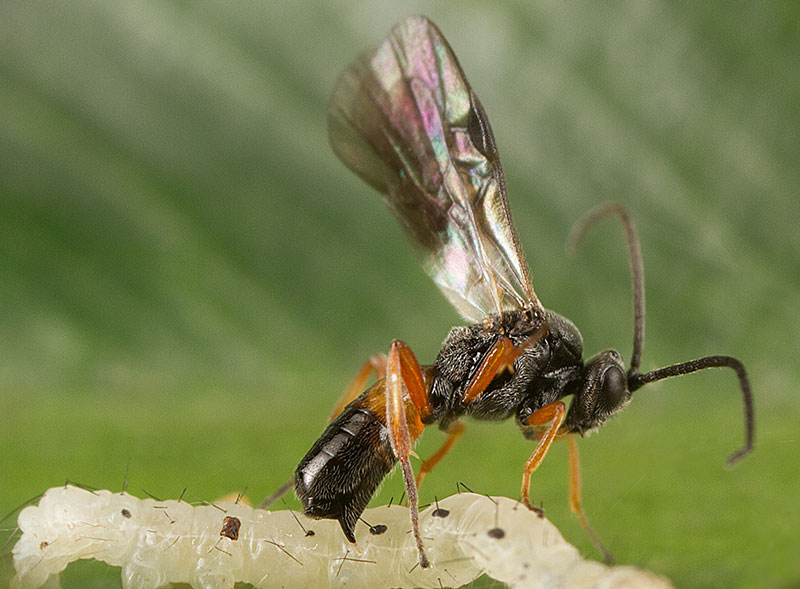.jpeg)
As temperatures continue to drop and many pollinators fade from view, you may be wondering what happens to bees during the cold season. Do they hibernate? Are they hiding in plain sight?
How a bee spends the winter depends on the species of bee, but the insects have an arsenal of strategies to survive the chill, including burrowing, gathering in tight clusters, or hiding in flower stems or leaf piles.
Honey bees
As temperatures drop below 40 to 50 degrees Fahrenheit, honey bees return to their hive, leaving only when the temperatures rise again. To protect themselves and their queen from the cold, they form tight clusters and begin to constantly shiver and contract the muscles powering their wings to create heat.
While the outside of these clusters is around the same temperature as their environment, the inside can reach up to 95 F. To ensure that none of the bees stay exposed to the cold weather for extended periods, the bees will constantly rotate from the outside of the cluster to the inside.
While overwintering in the hive, they feed on their stores of honey built up during the warmer months. Bees cannot leave the cluster, so it’s important that their honey stores remain directly around them at all times.
Beekeepers, who often supplement honey during the winter months, must make sure the honey is as close as possible to the cluster. They must also secure the structure of the hive, making sure there are no gaps or holes for wind or rain to enter and harm the bees.
“Hopefully, beekeepers have taken precautions to make sure their equipment is stable,” said Jennifer Berry, a research professional and doctoral student in the Department of Entomology at the College of Agricultural and Environmental Sciences. “If the hive is stable and the colony is healthy, we can see honey bees that survive the winter as far north as Canada.”
When the temperature rises, including during warm spells in the winter, the bees will momentarily leave the hive to relieve themselves of waste and search for flowers offering nectar and pollen.
Other bee species
Other types of bees may burrow in the ground, leaves or any other natural cavity. Bumblebees, for example, all die off before the winter with the exception of newly hatched queens. Queens, whose eggs are fertilized before the rest of the brood dies off, will burrow underground for the winter and wait for warmer weather.
When the queen emerges, she will feed on nectar and pollen, build a nest and lay her eggs to start the next generation.
Kris Braman, head of the Department of Entomology, and Miriam Edelkind-Vealey, an entomology graduate student, said homeowners can help provide safe overwintering spaces for many species of bees by reducing lawn maintenance in the winter months.
“People can leave the leaves in their yards, for example. That helps a lot of the bumblebees and similar species that nest in the leaf litter,” said Edelkind-Vealey. “We can also leave stems of flowers because often we find species nesting in those, like small carpenter bees and leaf cutter bees.”
For more information on how to protect pollinators, visit the UGA Cooperative Extension website.






